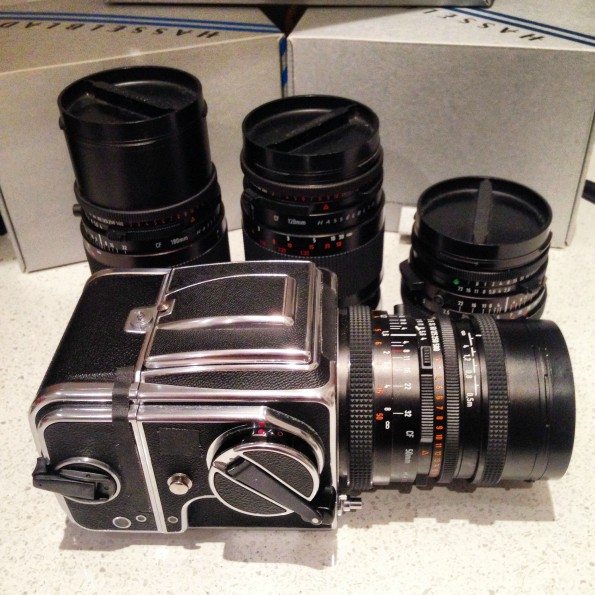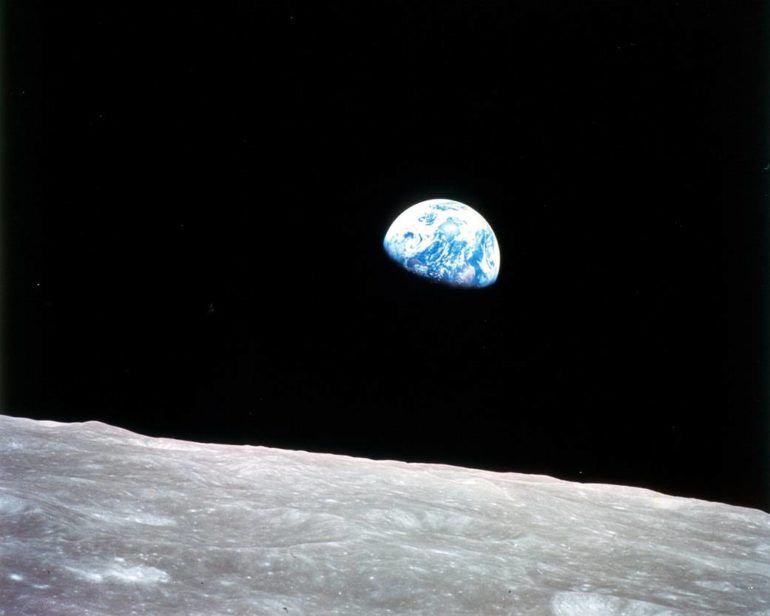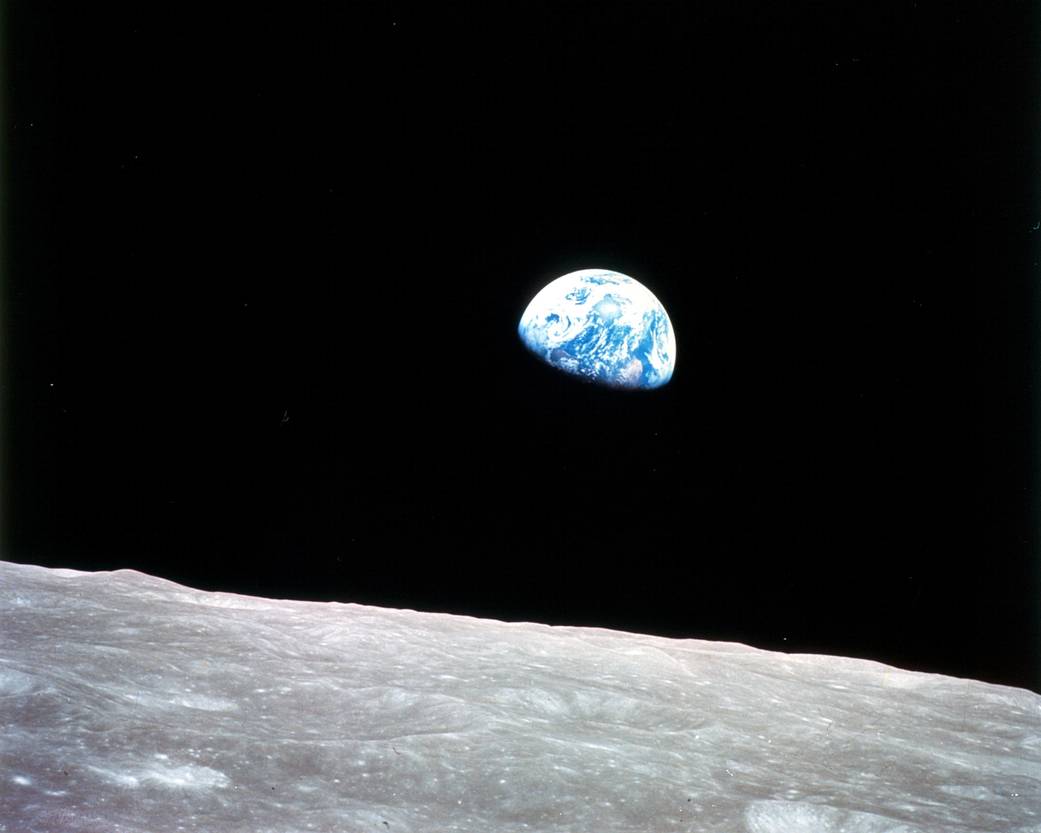Last Updated on 07/18/2019 by Mark Beckenbach
The story of the Hasselblad 500c and how NASA fell in love with it.
Few pictures in history can strike up as much emotion and pure awe as those of our closest neighboring celestial body, the Moon. After John Glenn spent $40 on an Ansco Autoset camera to capture images of our first orbit around the Earth, Walter Schirra (the third man to orbit the Earth), knew that something much better would be needed to capture images from our travels away from Earth. Join us after the break to find out more about how NASA’s love affair with the Hasselblad 500c came about.
A recent post on NPR shared details about the images taken during the early Gemini and then the later, Apollo space missions. At the beginning of the space program, photography was a distant thought because so much time was spent on more critical technical areas. John Glenn went to his local camera store and purchased an Ansco Autoset for $40, and he used it to capture the first images from low earth orbit. As good as the pictures were, Walter Schirra (an amateur photographer) knew something much more special was needed. So, with NASA’s permission, he purchased the Hasselblad 500c for $500, and the rest, as they say, is history.

After taking the camera back to the engineers at NASA, Schirra knew he had made the right choice. NASA quickly fell in love with the camera, but they knew they would have to make some significant modifications to it so that it could be used easily in space.
NASA engineers ripped out the viewfinder ,which had to be held at waist height, and replaced it with a side-finder that could be used by Astronauts wearing a helmet and visor. NASA painted the Hasselblad 500c a dull black so that reflections were minimized, and they removed components like the film release to save weight and make it astronaut friendly. Hasselblad quickly found out that one of their cameras was being used and so they partnered with NASA to create an even better version of the camera for space flight, the Hasselblad 500EL.

Due to the Hasselblad 500C and later the 500EL, some of the most iconic images in history were captured from space and the moon. The cameras were heavily modified, and Eastman Kodak even made a thinner emulsion so that each magazine of the film could take several hundred shots.
The Hasselblad cameras were strapped to the chests of the astronauts, and while this made them easier to use, they still proved to be challenging. Framing shots was difficult, and while over 18,000 images were taken, many were unusable. But some of the photos, like Earthrise, have gone down in history as some of the best photographs ever captured, and it’s all thanks to Walter Schirra. If he had not picked up the Hasselblad 500c, the images we have come to know and love would not be present.
The story is fascinating and a must-read. Head over to the post at NPR to learn more about how NASA got the Hasselblad 500c and the 500EL into space, and to see more of the stunning images that the men who went to the Moon were able to capture.


